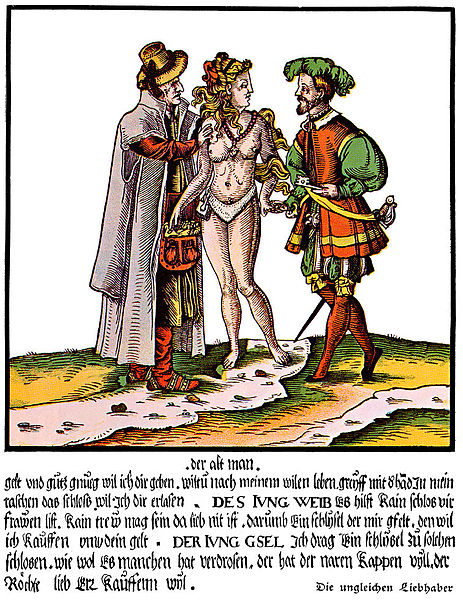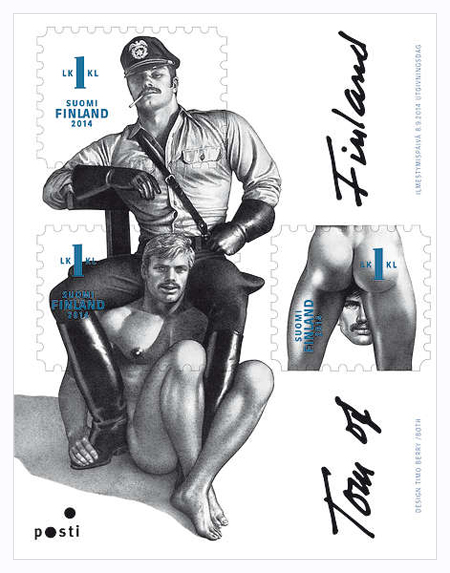The end of an era in San Francisco:

San Francisco Armory which, at its height, was making as many as 100 films a month. Photograph: Courtesy of San Francisco Armory
A handful of leather straps, sex toys and other bondage equipment were scattered throughout the mostly empty studios of Kink.com on a recent Thursday. Peter Acworth, founder and CEO of the BDSM porn empire, walked through the dark basement corridors of the San Francisco Armory, recounting how his company used to make as many as 100 films a month.
But in February, Kink actors will do their final shoot at the historic castle-like building that has become a world-famous destination for tourists and porn connoisseurs. As Acworth described Kink’s early days, staff upstairs prepared for a lavish party for Airbnb – the kind of corporate tech event that some fear could take over the Armory once porn is out the door.
“It’s heartbreaking,” said Lorelei Lee, a longtime Kink performer. “To lose this in a city that is losing resources for artists and queers and sex workers in such a huge way is sad.”
The Kink.com studio is the latest uniquely San Francisco institution to shutter in the rapidly gentrifying city, which in recent years has become exceedingly unaffordable and culturally homogeneous amid a huge technology boom. Combined with the financial turmoil in the porn industry, Kink’s business model has become unsustainable, leading Acworth to cease all production in the Armory.
Although Kink.com will maintain Armory offices and continue to provide content, some San Francisco performers are lamenting the closure of a porn studio that elevated the profile of fetish entertainment and BDSM and provided stable jobs and a safe workplace for LGBT people and sex workers.
Acworth, who is from the UK, launched the company in 1997 out of a grad school dorm room. In 2006, he purchased the 200,000 sq ft Armory, which is a 1914 reproduction of a medieval castle.
The national landmark became the headquarters for his growing network of BDSM and fetish subscriptions sites, including an interactive live page and a news site, and has housed public tours, shows, workshops and other porn events.


 In September-October 2014, Itella Posti will release seven new sets of stamps, containing a total of 33 new designs. It is a great collection to choose from; the subjects of the new stamps include male drawings by Tom of Finland, autumnal yard and garden scenes painted by Urpo Martikainen, and Jaakko Tähti’s photos of Finnish bridges. Other subjects for the end-of-the-year stamps include signs of sky and the change in everyday Finland — and, of course, Christmas.
In September-October 2014, Itella Posti will release seven new sets of stamps, containing a total of 33 new designs. It is a great collection to choose from; the subjects of the new stamps include male drawings by Tom of Finland, autumnal yard and garden scenes painted by Urpo Martikainen, and Jaakko Tähti’s photos of Finnish bridges. Other subjects for the end-of-the-year stamps include signs of sky and the change in everyday Finland — and, of course, Christmas.

